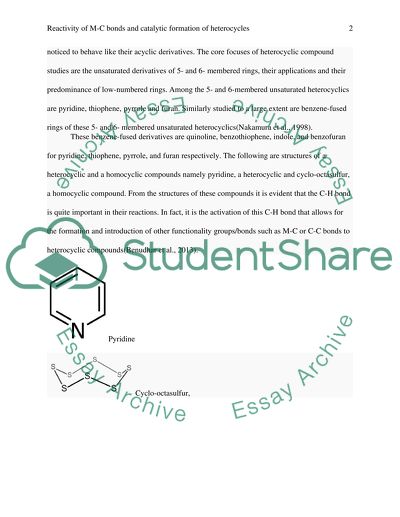Cite this document
(“Reactivity of M-C bonds and catalytic formation of heterocycles Essay”, n.d.)
Retrieved from https://studentshare.org/chemistry/1485418-reactivity-of-m-c-bonds-and-catalytic-formation-of
Retrieved from https://studentshare.org/chemistry/1485418-reactivity-of-m-c-bonds-and-catalytic-formation-of
(Reactivity of M-C Bonds and Catalytic Formation of Heterocycles Essay)
https://studentshare.org/chemistry/1485418-reactivity-of-m-c-bonds-and-catalytic-formation-of.
https://studentshare.org/chemistry/1485418-reactivity-of-m-c-bonds-and-catalytic-formation-of.
“Reactivity of M-C Bonds and Catalytic Formation of Heterocycles Essay”, n.d. https://studentshare.org/chemistry/1485418-reactivity-of-m-c-bonds-and-catalytic-formation-of.


